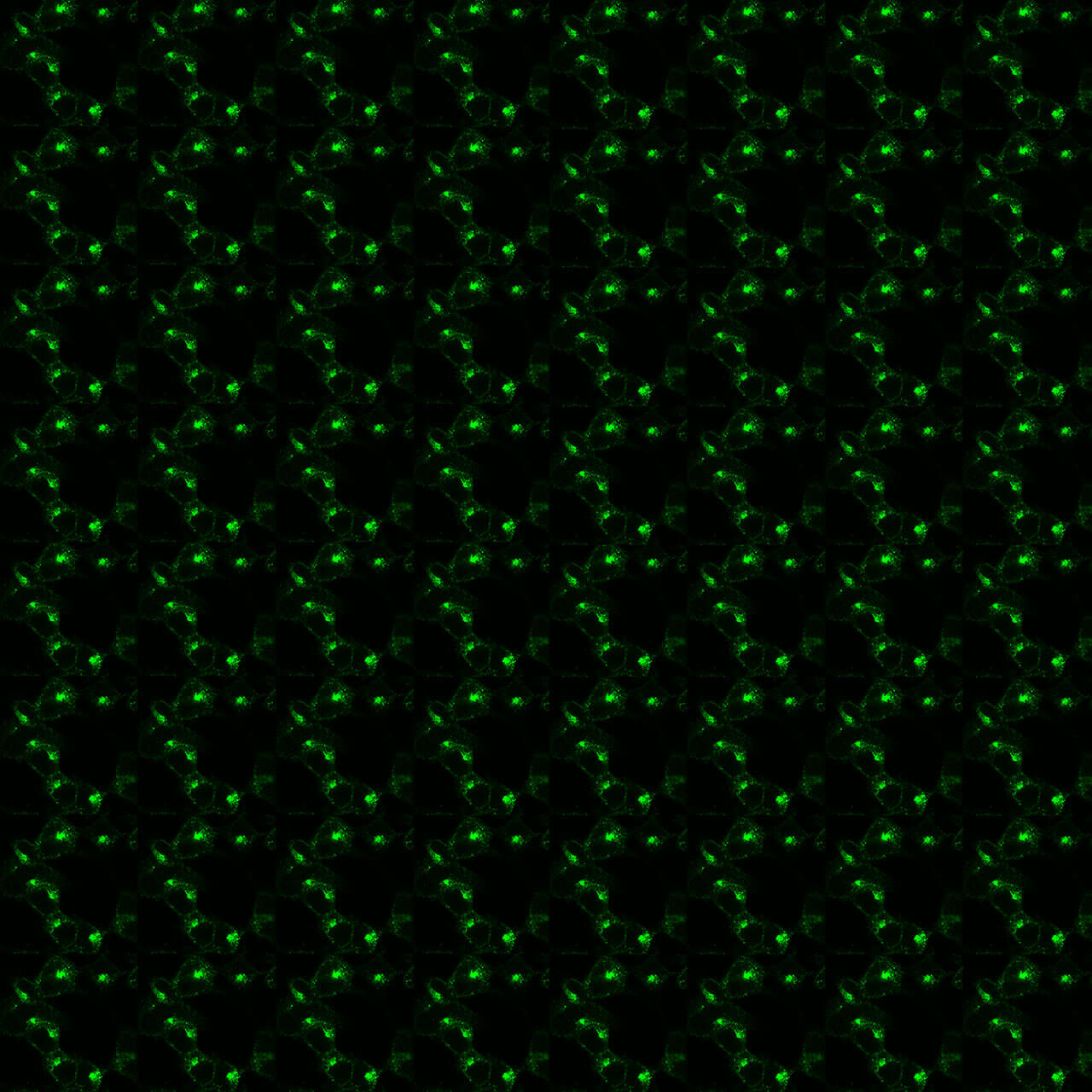No results were found for the filter!
NEW
 pT332/pS335-LPA6 (phospho-Lysophosphatidic Acid...
pT332/pS335-LPA6 (phospho-Lysophosphatidic Acid... Threonine332/Serine335 (T332/S335) is major phosphorylation site of the Lysophosphatidic Acid Receptor 6 (LPA6). pT332/pS335-LPA6 antibody detects phosphorylation in response to agonists. T332/S335 phosphorylation is likely to be...
375.00 € *
NEW
 pT338/pS341-LPA1 (phospho-Lysophosphatidic Acid...
pT338/pS341-LPA1 (phospho-Lysophosphatidic Acid... Threonine338/Serine341 (T338/S341) is major phosphorylation site of the Lysophosphatidic Acid Receptor 1 (LPA1). The pT338/pS341-LPA1 antibody detects phosphorylation in response to agonists. T338/S341 phosphorylation is likely to be...
375.00 € *
NEW
 pT336/pT338-LPA4 (phospho-Lysophosphatidic Acid...
pT336/pT338-LPA4 (phospho-Lysophosphatidic Acid... Threonine336/Threonine338 (T336/T338) is major phosphorylation site of the Lysophosphatidic Acid Receptor 4 (LPA4). The pT336/pT338-LPA4 antibody detects phosphorylation in response to agonists. T336/T338 phosphorylation is likely to be...
375.00 € *
NEW
 pS354/pT357/pT358-LPA4...
pS354/pT357/pT358-LPA4... Serine354/Threonine357/Threonine358 (S354/T357/T358) is major phosphorylation site of the Lysophosphatidic Acid Receptor 4 (LPA4). The pS354/pT357/pT358-LPA4 antibody detects phosphorylation in response to agonists. S354/T357/T358...
375.00 € *
NEW
 pT341/pT342/pS345-LPA4...
pT341/pT342/pS345-LPA4... Threonine341/Threonine342/Serine345 (T341/T342/S345) is major phosphorylation site of the Lysophosphatidic Acid Receptor 4 (LPA4). The pT341/pT342/pS345-LPA4 antibody detects phosphorylation in response to agonists. T341/T342/S345...
375.00 € *
NEW
 pS354/pS359-RXFP4 (phospho-Relaxin Receptor 4...
pS354/pS359-RXFP4 (phospho-Relaxin Receptor 4... Serine354/Serine359 (S354/S359) is major phosphorylation site of the Relaxin Receptor 4 (RXFP4). The pS354/pS359-RXFP4 antibody detects phosphorylation in response to agonists. S354/S359 phosphorylation is likely to be involved in...
375.00 € *
NEW
 pT419/pT421/pT422-RXFP3 (phospho-Relaxin...
pT419/pT421/pT422-RXFP3 (phospho-Relaxin... Threonine419/Threonine421/Threonine422 (T419/T421/T422) is major phosphorylation site of the Relaxin Receptor 3 (RXFP3). The pT419/pT421/pT422-RXFP3 antibody detects phosphorylation in response to agonists. T419/T421/T422 phosphorylation...
375.00 € *
NEW
 pS368-KISS1R (phospho-Kisspeptin Receptor...
pS368-KISS1R (phospho-Kisspeptin Receptor... Serine368 (S368) is major phosphorylation site of the Kisspeptin Receptor (KISS1R). The pS368-KISS1R antibody detects phosphorylation in response to agonists. S368 phosphorylation is likely to be involved in efficient ligand...
375.00 € *
NEW
 pT351-LPA1 (phospho-Lysophosphatidic Acid...
pT351-LPA1 (phospho-Lysophosphatidic Acid... Threonine351 (T351) is major phosphorylation site of the Lysophosphatidic Acid Receptor 1 (LPA1). The pT351-LPA1 antibody detects phosphorylation in response to agonists. T351 phosphorylation is likely to be involved in efficient ligand...
375.00 € *
NEW
 pS344/pS346/pS347-LPA1...
pS344/pS346/pS347-LPA1... Serine344/Serine346/Serine347 (S344/S346/S347) is major phosphorylation site of the Lysophosphatidic Acid Receptor 1 (LPA1). The pS344/pS346/pS347-LPA1 antibody detects phosphorylation in response to agonists. S344/S346/S347...
375.00 € *
NEW
 pS338/pS342-AT1 (phospho-Angiotensin Receptor 1...
pS338/pS342-AT1 (phospho-Angiotensin Receptor 1... Serine338/Serine342 (S338/S342) is major phosphorylation site of the Angiotensin Receptor 1 (AT1). The pS338/pS342-AT1 antibody detects phosphorylation in response to agonists. S338/S342 phosphorylation is likely to be involved in...
375.00 € *
NEW
 pS326/pS328-AT1 (phospho-Angiotensin Receptor 1...
pS326/pS328-AT1 (phospho-Angiotensin Receptor 1... Serine326/Serine328 (S326/S328) is major phosphorylation site of the Angiotensin Receptor 1 (AT1). The pS326/pS328-AT1 antibody detects phosphorylation in response to agonists. S326/S328 phosphorylation is likely to be involved in...
375.00 € *
NEW
 pS348/pT349-AT1 (phospho-Angiotensin Receptor 1...
pS348/pT349-AT1 (phospho-Angiotensin Receptor 1... Serine348/Threonine349 (S348/T349) is major phosphorylation site of the Angiotensin Receptor 1 (AT1). The pS348/pT349-AT1 antibody detects phosphorylation in response to agonists. S348/T349 phosphorylation is likely to be involved in...
375.00 € *
NEW
 pS331/pT332-AT1 (phospho-Angiotensin Receptor 1...
pS331/pT332-AT1 (phospho-Angiotensin Receptor 1... Serine331/Threonine332 (S331/T332) is major phosphorylation site of the Angiotensin Receptor 1 (AT1). The pS331/pT332-AT1 antibody detects phosphorylation in response to agonists. S331/T332 phosphorylation is likely to be involved in...
375.00 € *
NEW
 pS473/pS475-β1 (phospho-β1-Adrenoceptor Antibody)
pS473/pS475-β1 (phospho-β1-Adrenoceptor Antibody) Serine473/Serine475 (S473/S475) is a major phosphorylation site of the β1 adrenoceptor. The pS473/pS475-β1 antibody detects phosphorylation in response to high- and low-efficacy agonists but not after PKC activation. S473/S475...
375.00 € *
NEW
 pT314/pT315-GPR55 (phospho-GPR55 Antibody)
pT314/pT315-GPR55 (phospho-GPR55 Antibody) Threonine314/Threonine315 (T314/T315) is major phosphorylation site of human GPR55 receptor. The pT314/pT315-GPR55 antibody detects phosphorylation in response to agonists. T314/T315) phosphorylation is likely to be involved in efficient...
375.00 € *
Recently viewed


